Ossola Valley, what to see: 10 places not to be missed
The Ossola Valley is one of the most beautiful valleys in Piedmont, corresponding to the catchment area of the Toce River, which runs through its entire length. Val d’Ossola is located in the province of Verbano-Cusio-Ossola, occupies the northernmost part of the region, and is developed around its main city, Domodossola, the base for excursions throughout the valley. It is the ancient homeland of the Leponzi, a Celtic population that inhabited these mountains and had its capital in Oscela, the Oscela Lepontorum of the Romans, i.e., present-day Domodossola.Surrounded by the Pennine Alps on one side and the Lepontine Alps on the other, the Ossola Valley begins at Lake Maggiore and reaches as far as the Monte Rosa massif. After being Roman, it was Longobard, then subject to the bishop of Novara, then annexed to the Canton of Valais (and thus for some time it was Swiss) and then came under the Duchy of Milan, to which it always remained linked: suffice it to say that from these areas, and in particular from the quarries of Candoglia, came the marble with which the Cathedral of Milan was built. Having become a province of the Kingdom of Sardinia in 1818, shortly before the Unification of Italy the Ossola Valley became part of the province of Novara and remained so until 1992, when the current province of Verbano-Cusio-Ossola was established. A popular tourist destination, easily accessible and excellently connected, the Ossola Valley is a great place to spend a vacation. For at least ten good reasons: here are the places not to miss.
1. Domodossola
The city of the “D,” “Domo” for the inhabitants, is the economic and cultural capital of the Ossola Valley, as well as its most populous center, being located at the exact center of the valley, along the banks of the Toce, at the confluence of five of the seven side valleys. A very ancient town, it is theOscela of the Leponti, the Celtic population that inhabited the Ossola Valley in ancient times, and its historic center, which is built around the beautiful Piazza Mercato, with its characteristic buildings equipped with ground-floor loggias, balconies and projecting roofs, retains its medieval layout. The main monuments include the Collegiate Church of Saints Gervasio and Protasio, the Sanctuary of the Madonna della Neve, the Renaissance Palazzo Silva, the neoclassical Palazzo Mellerio, and the elegant Palazzo di Città, where the Historical Hall of Resistance is located. Palazzo San Francesco is home to the “Gian Giacomo Galletti” Civic Museums, heirs to the Palazzo San Francesco Museum, and open in 2021: they house a Natural Science Museum, a Picture Gallery, an archaeological section, a collection of sacred art, and a collection of graphics.
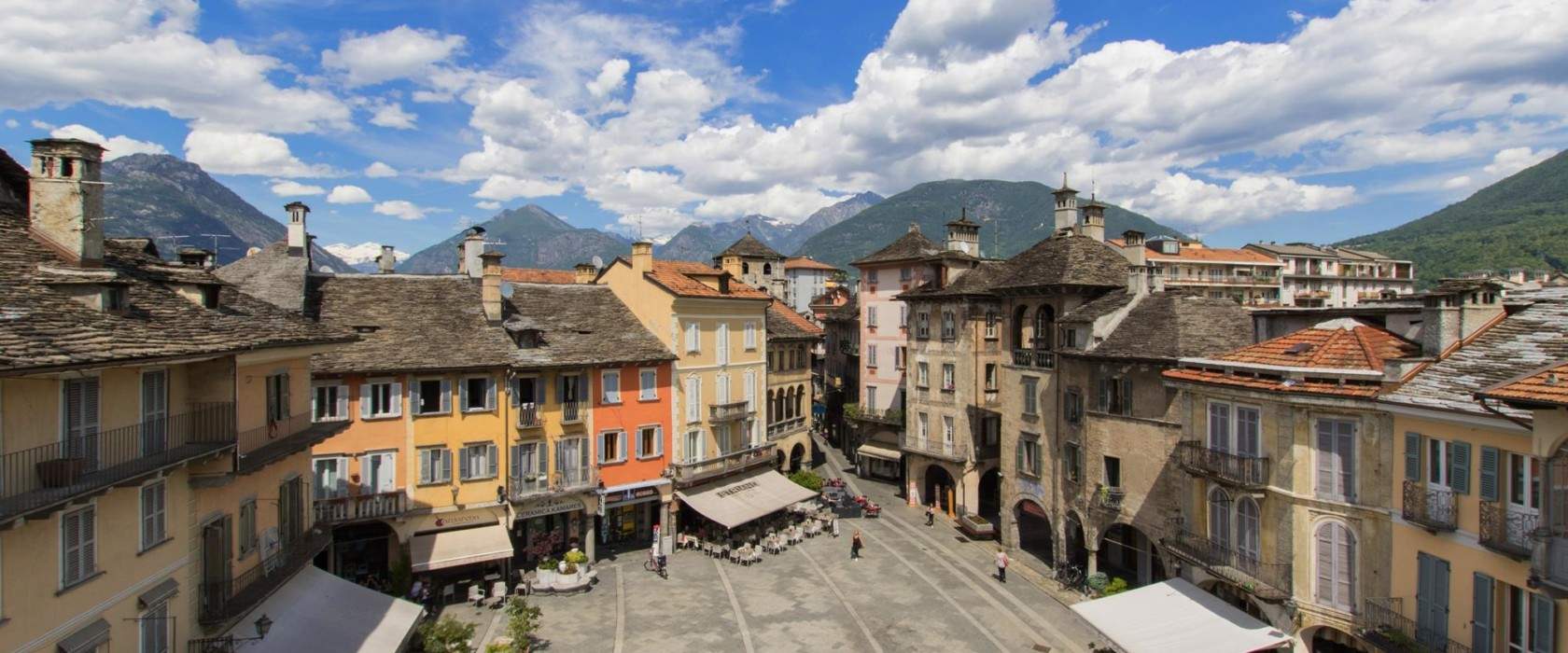
2. The Sacred Mount of Domodossola
The Sacro Monte (in full, the Sacro Monte Calvario) of Domodossola is one of the many sacred mountains that line the Alpine arc (since 2003 they have been World Heritage Sites, united in the site “Sacri Monti of Piedmont and Lombardy,” of which Domodossola’s is a part): these are places of pilgrimage organized into several chapels that re-enact the Passion of Christ. The one in Domodossola was founded in 1656 by the Capuchins Gioacchino da Cassano and Andrea da Rho who chose the Mattarella hill for their project, approved by the Diocese of Novara: the foundation stone was laid in 1657 and the complex was finally consecrated in 1690 by the Bishop of Novara, Giovanni Battista Visconti. The Sacred Mount of Domodossola consists of the Sanctuary of the Most Holy Crucifix, inside which is placed Dionigi Bussola’s 1662 Crucifix, and twelve chapels also ornamented largely by Bussola, a Baroque artist who poured into the Sacred Mount of the Ossola Valley what he had learned in Rome while studying the works of Bernini. Among the artists who participated in the undertaking were sculptors Giuseppe Rusnati, a pupil of Bussola, and Stefano Salterio, and painters Giovanni Sampietro, Lorenzo Peracino, Giovanni Antonio Torricelli and his brother Giuseppe Antonio Maria Torricelli.
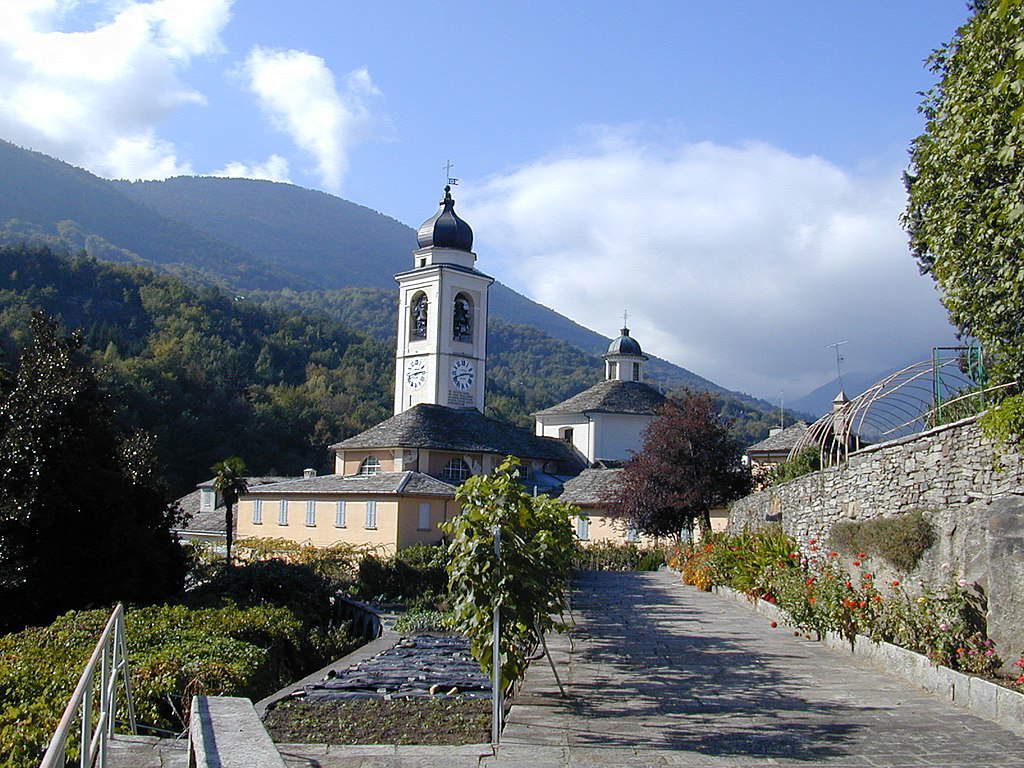
3. Val Grande National Park.
Reachable from the Ossola highway (which starts from Gravellona Toce and goes all the way to Simplon), the Val Grande National Park, established in 1993, lies between Lake Maggiore and the Cannobina Valley and protects one of the most impervious and wildest areas in all of Europe. A true oasis of “wilderness,” as it is called in technical jargon: by this term is meant a vast, wild space devoid of human presence. The Val Grande has always been sparsely populated: the first to venture into its mountains were some shepherds around the 10th century, but it has always been sparsely frequented. It is therefore an isolated and wild park, suitable for those who really want to immerse themselves in nature: there are no permanent or seasonal settlements in these parts (the only exception is the village of Cicogna), nor areas shaped by human beings, except for the few bivouacs set up by the park’s managing body. The park also stands out for the richness of its vegetation (broadleaf forests prevail, starting with beech and chestnut, while at higher altitudes it is possible to walk on alpine grasslands), and the variety of its fauna: birds such as the golden eagle, francolin, peregrine falcon, and black woodpecker, and then mammals such as chamois, roe deer, fox, marten, weasel, beech marten, and badger. An unforgettable experience for nature lovers.
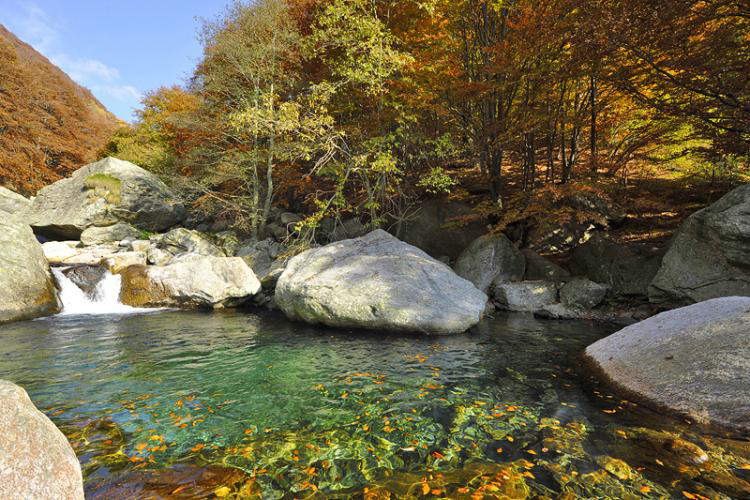
4. Vogogna
Vogogna is the best-preserved medieval village in the Ossola Valley: its ancient history sees it rivaling Domodossola, capital of the Upper Ossola (Vogogna was instead the main center of the Lower Ossola), and then becoming an economically significant village under Visconti rule. It was precisely a Visconti who had the town’s main monument built: it was in 1348 when Giovanni Visconti, bishop of Novara, ordered the building of the Visconti Castle, which dominates the town from above and was in ancient times part of the line of fortifications that were to protect the Duchy of Milan from Switzerland. Vogogna’s ancient strategic importance is also certified by the ruins of the Rocca, another defensive structure that stood just above the Castle, and which compared to the latter is even older (dating from the 9th-10th centuries). In the historic center, the Palazzo Pretorio, also built starting in 1348 at the behest of Giovanni Visconti, stands out: the palace houses the “Celtic mask,” an enigmatic soapstone of Celtic origin depicting a human face, which has become a sort of symbol of Vogogna. But it is safe to say that the whole village is a continuous discovery.
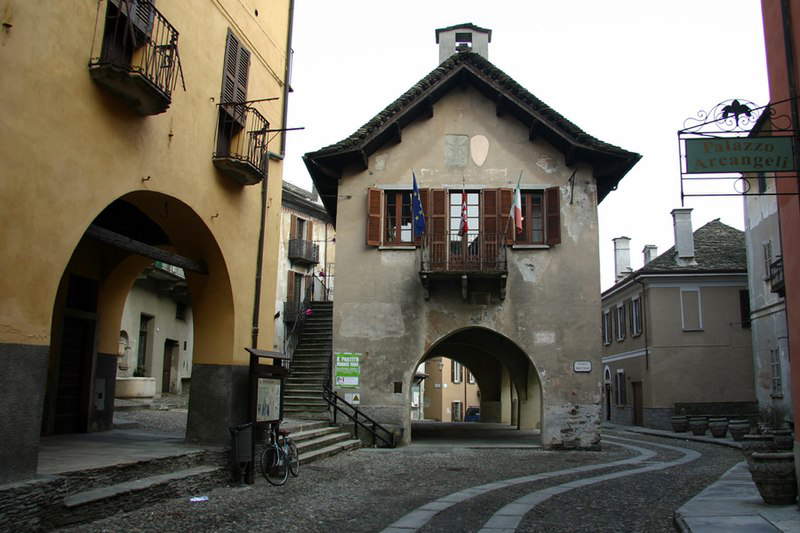
5. Lake Mergozzo
Not far from Lake Maggiore is Lake Mergozzo, a splendid natural oasis at the foot of the Lepontine Alps and one of the cleanest water lakes in Europe. On its shores lies the picturesque village of Mergozzo, characterized by its colorful houses and lakeside square where fishermen pull their boats ashore. It is a place suitable for relaxation, nature walks, and fishing, but also for art: one of Piedmont’s main Romanesque monuments, the church of St. John the Baptist in Montorfano, first mentioned in the year 885 but in its present appearance dating from the 11th century, is located near the lake. Lake Mergozzo can also be chosen as a base for an excursion to Val Grande. Those who love tranquility but also the outdoors only have to try this place.
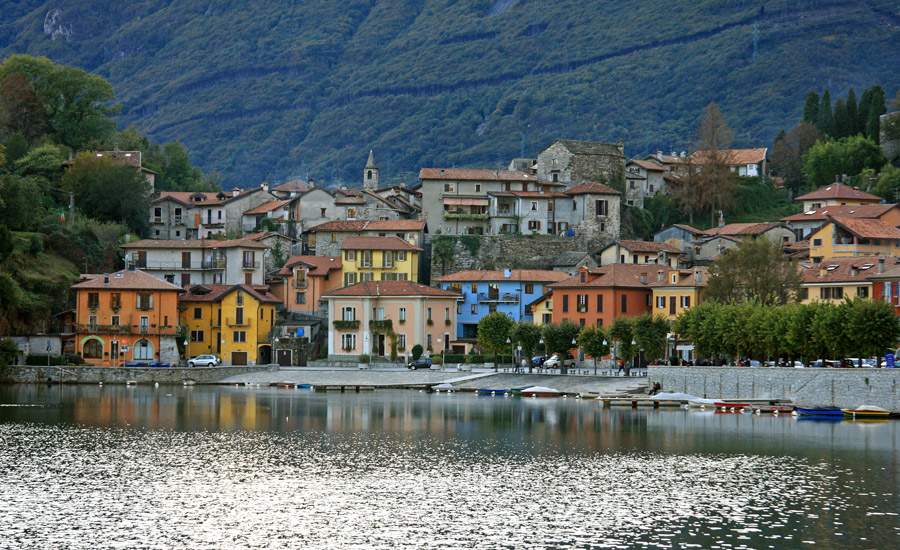
6. The church of San Bartolomeo in Villadossola.
It is one of the best examples of Romanesque architecture in Piedmont, as well as the most majestic in the Ossola Valley. The church of San Bartolomeo in Villadossola probably dates back to the end of the 10th century: the tall bell tower, which is much slimmer than the church (it reaches 34 meters in height), on the other hand, dates back to the beginning of the 11th century. A building in Lombard Romanesque style, on which the Comacine masters presumably worked, it is first mentioned in 1289, as a church dedicated to Saints Fabius and Sebastian (only in the 14th century did the dedication change in favor of St. Bartholomew). Initially with a single nave and circular apse, it was enlarged in the 16th century, when a barrel-vaulted roof was also added. The severe gabled facade, made entirely of stone, houses above the portal a strange lunette engraved with a cross and bizarre motifs that look more like the work of a street artist looking up to Keith Haring than a medieval engraver. The sober interior houses a 1596 wooden altarpiece by Andrea Merzagora, among others.
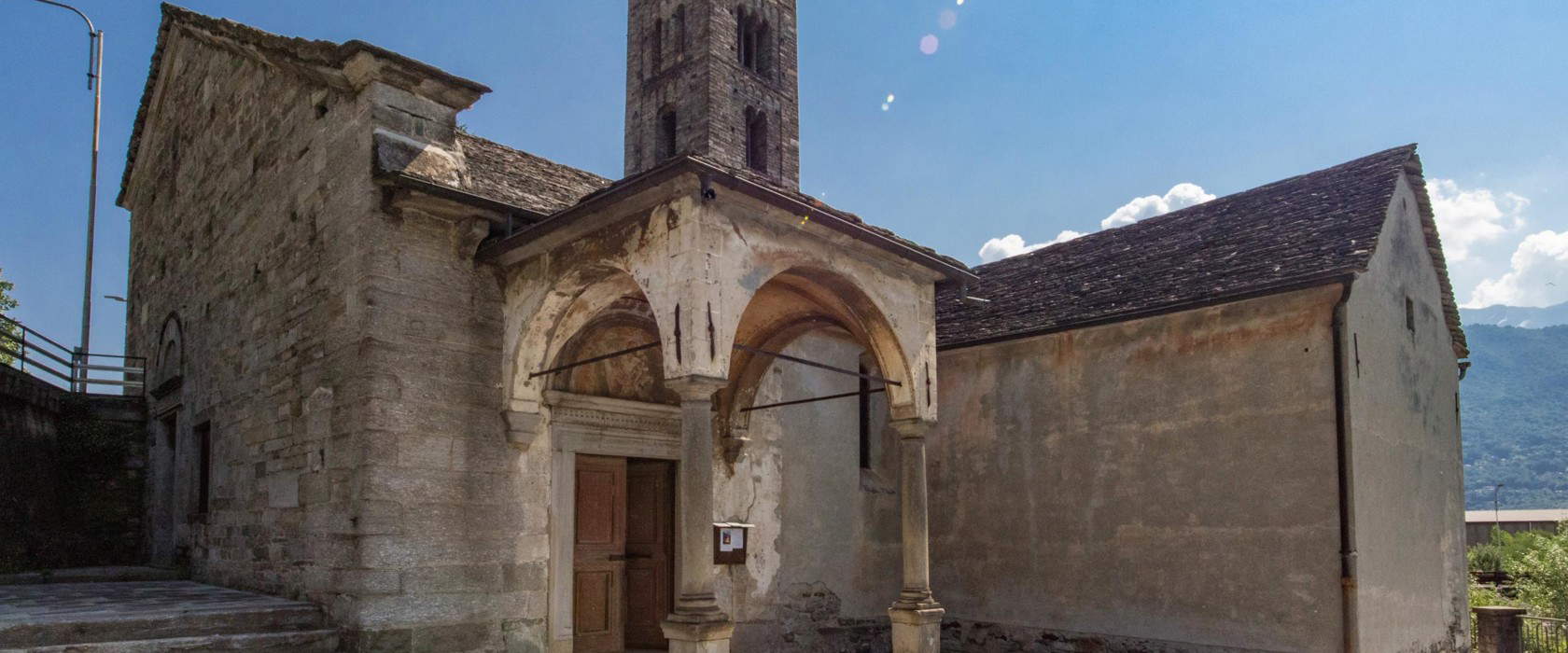
7. The Sanctuary of the Madonna del Boden in Ornavasso.
Dating back to 1530, the Sanctuary of the Madonna of the Miracles in Ornavasso, better known as the Sanctuary of the Madonna del Boden, was founded, according to legend, after a local shepherdess named Maria, after getting lost at night in the woods around Ornavasso, invoked the Virgin Mary to bring her home safely. The Virgin intervened and invested little Maria with an aura of light, and she was able to return home unharmed. Some local women reportedly saw her surrounded by light, the tale of the miracle spread, and the villagers decided to erect a shrine to Our Lady on the site where a small chapel, the Boden Chapel, had previously stood. The current appearance of the building is that resulting from renovations undertaken first in 1763, when the church was enlarged to accommodate the increase in pilgrims, and then in 1825, when it was converted into a three-aisled building. The dome, on the other hand, dates from 1952. It is one of the main sites of popular devotion in the Ossola Valley.
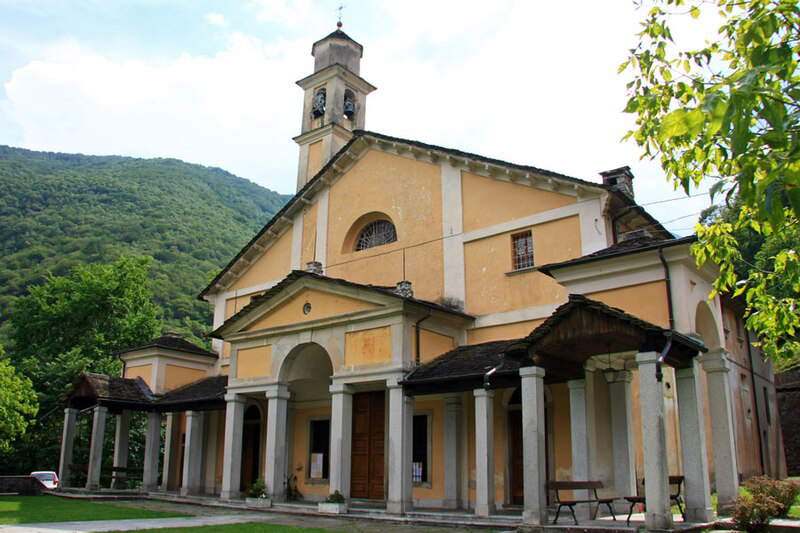
8. The Toce Cycle Route
Those who don’t want to give up their passion for cycling even on vacation will have plenty to enjoy in the Ossola Valley: the Toce Cycle Route is a network of bike paths that run throughout the Ossola Valley. The Val d’Ossola tourist board offers four routes: “biking between the rivers,” 18 kilometers around Domodossola, a marked route that describes a loop around the city, touching on Crevoladossola, Pontetto di Montecrestese, Masera, Croppo di Trontano and Ponte della Mizzoccola. In between, parks, nature, the passages along the river through bike paths, dirt tracks (the route is therefore reserved for bicycles that can run on this type of terrain) and a few sections along ordinary roads, particularly in Crevoladossola and Masera. The second is “biking among the villages,” a 25.8-kilometer route (8.8 of which are on bike paths and 6.9 on dirt roads) that runs from Domodossola to Vogogna via the villages of Villadossola, Pallanzeno, Piedimulera and Pieve Vergonte. “In bici tra i boschi,” 19.2 km in length, on the other hand, starts from the center of Vogogna and runs through woods and meadows, two-thirds of it on trails reserved for bikes. Finally, “Cycling among the flowers,” starts from Ornavasso and arrives at the Fondotoce Special Nature Reserve, crossing the flower production areas of Lake Maggiore: with its 15 km and 20 meters of elevation gain, it is the easiest route.
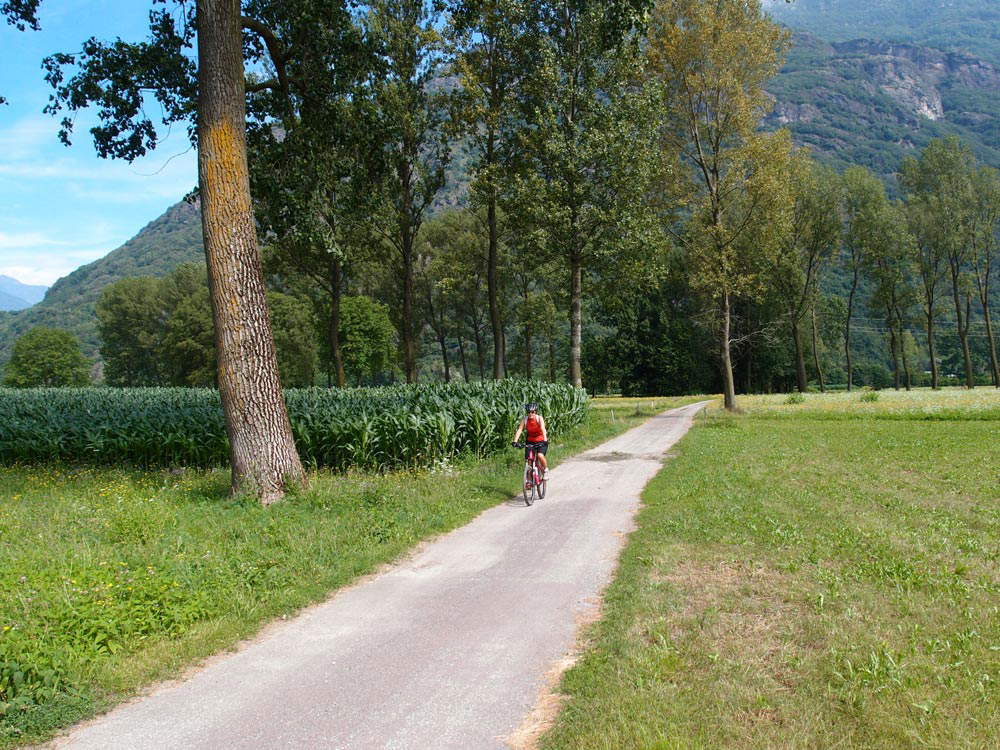
9. The Candoglia quarry.
The marble with which Milan Cathedral was built comes from the Ossola Valley: it is the pink marble from the Candoglia Quarry, a hamlet of Mergozzo, at the mouth of the Ossola Valley. A peculiar marble, with pinkish tones, delicate, rare and highly prized: even today, the quarry is active in supplying the Veneranda Fabbrica del Duomo di Milano with the marbles used to carry out the restoration operations of the very famous monument. The Candoglia quarry has been exploited by the Duomo since 1387, when Gian Galeazzo Visconti, Duke of Milan, decided to have the marble used for construction instead of bricks. The marble was then transported all the way to Milan via rivers, canals and canals. Today the Candoglia quarry can be visited with tours and itineraries that are organized by the MontorfanoGranite Ecomuseum, which you can contact if you are interested in discovering this fascinating place.
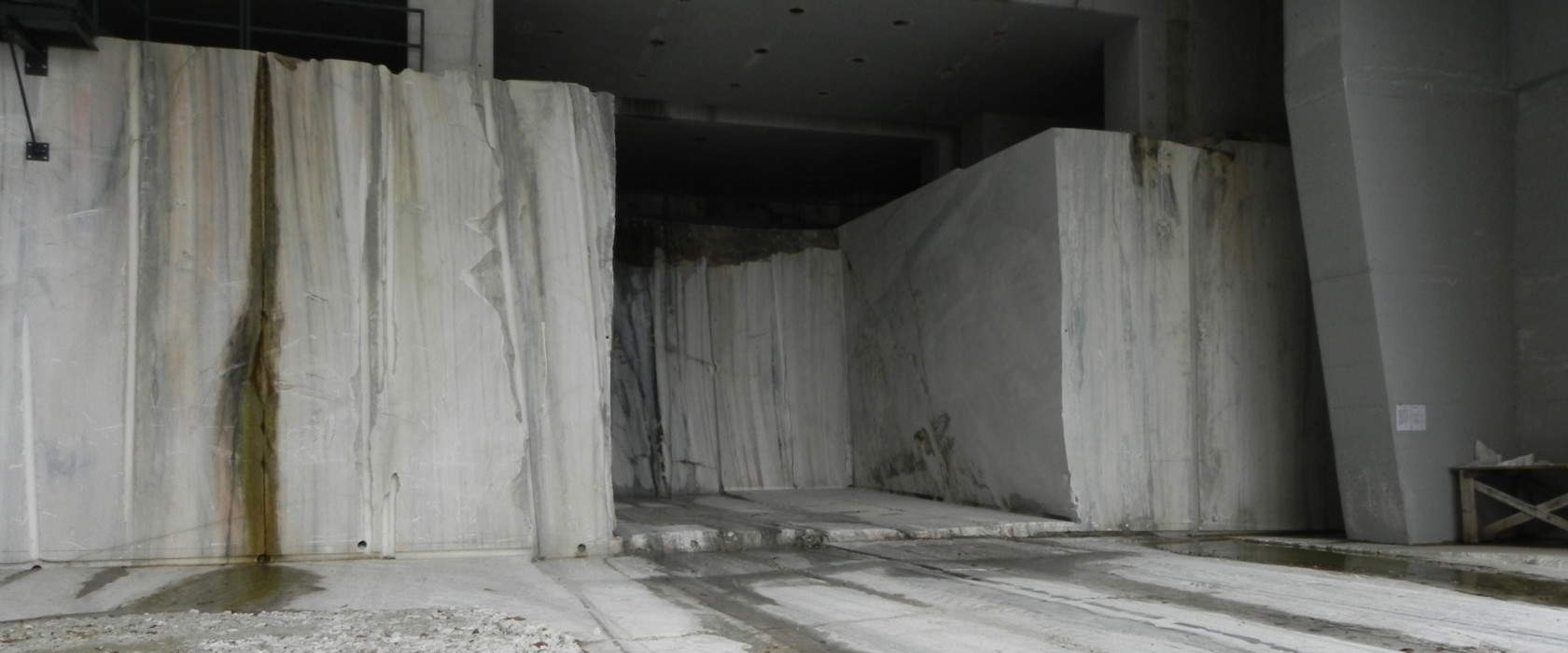
10. The seven side valleys
There are seven side valleys in the Ossola Valley: the Antrona Valley, the Anzasca Valley, the Bognanco Valley, the Divedro Valley, the Isorno Valley, the Vigezzo Valley and the Antigorio Valley (of which the Formazza Valley is also a part, forming its terminal section). Each of them has excellent reasons to visit. Natural parks and the medieval atmospheres of Borgomezzavalle in the Antrona Valley (located here, among other things, is the village of Viganella, famous because every year, from November 11 to February 2, it remains completely in the dark because of the mountain above it, and consequently to receive light it became necessary to install in 2006 a large mirror that reflects the sun’s rays on the village); the beauty of Macugnaga, the fascinating history of gold mining and high-altitude hiking in the Anzasca Valley; relaxation in the Bognanco spa and the energy of ski mountaineering in the Bognanco Valley; the Alpe Veglia and Alpe Devero Park and the stone villages of the Divedro Valley; the lakes and peaks of the Isorno Valley; the epic of the chimney sweeps and the wonderful ancient villages of the Vigezzo Valley; and the unspoiled nature and Walser culture of the Formazza Valley. All can be reached in a short time from Domodossola.
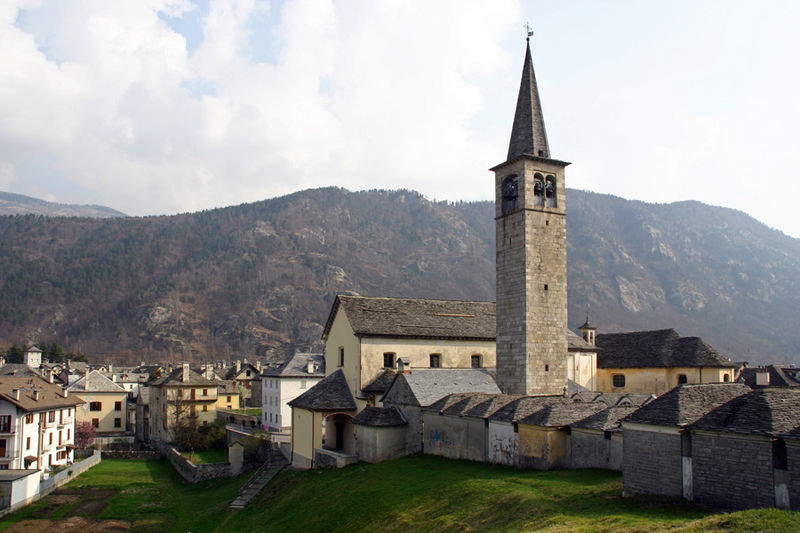
 |
| Ossola Valley, what to see: 10 places not to be missed |
Warning: the translation into English of the original Italian article was created using automatic tools. We undertake to review all articles, but we do not guarantee the total absence of inaccuracies in the translation due to the program. You can find the original by clicking on the ITA button. If you find any mistake,please contact us.



























